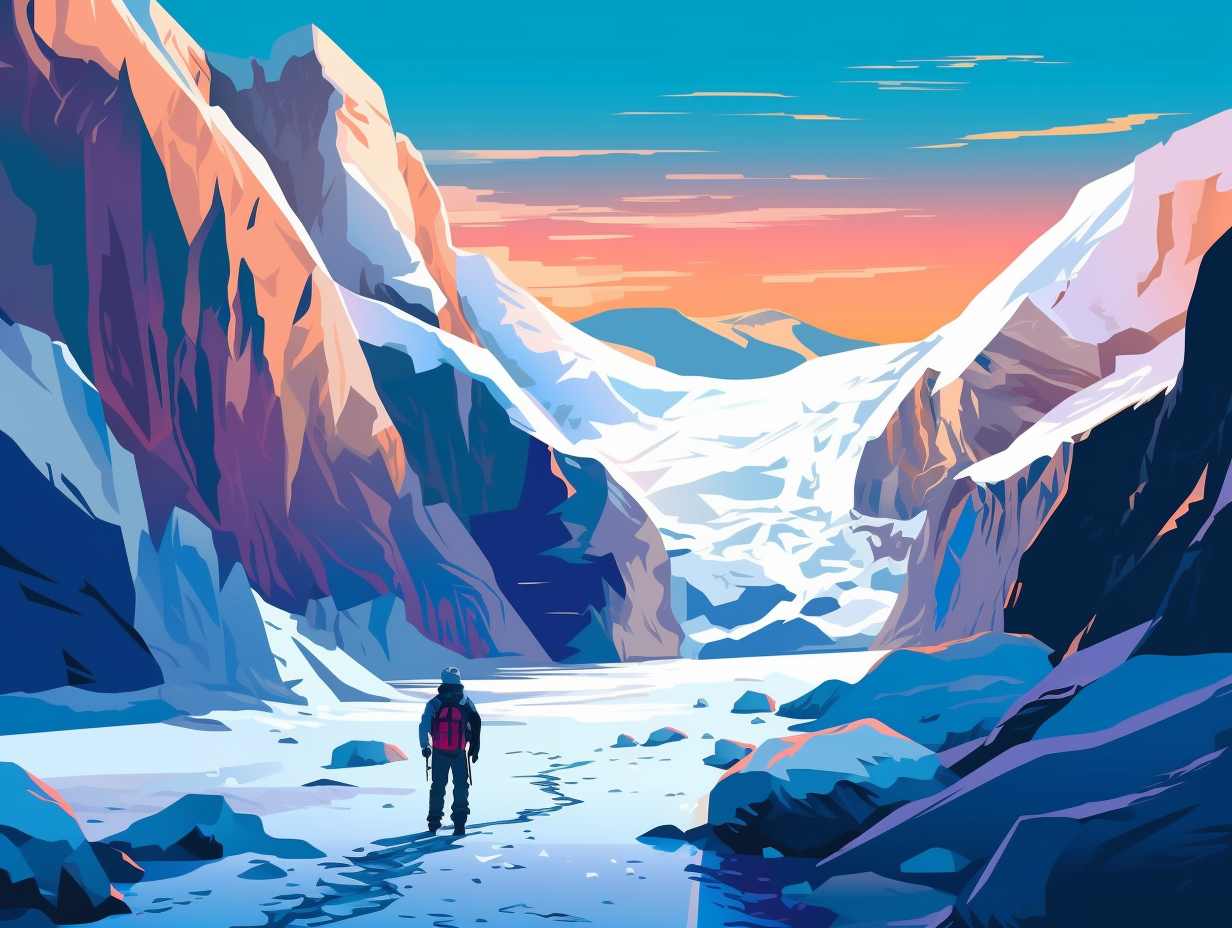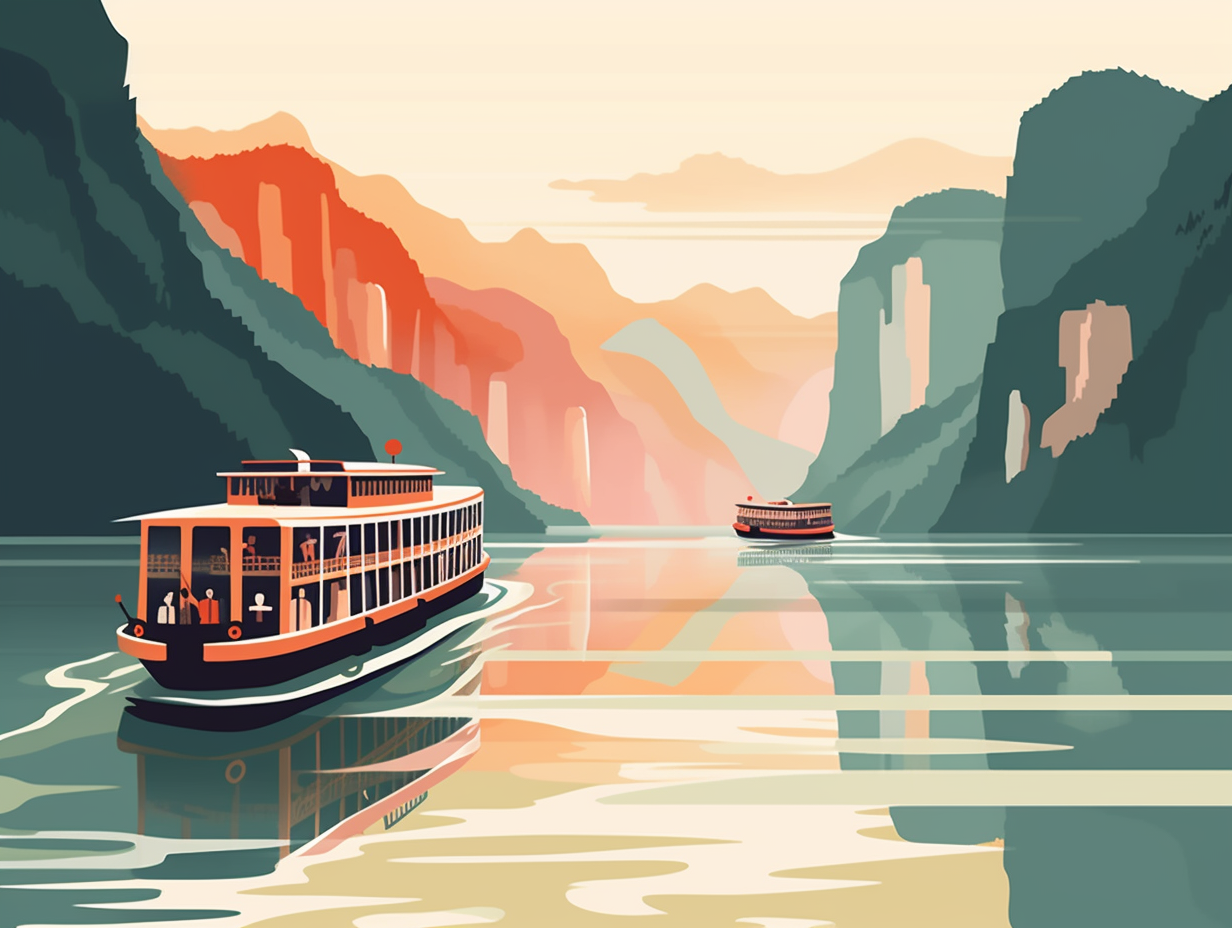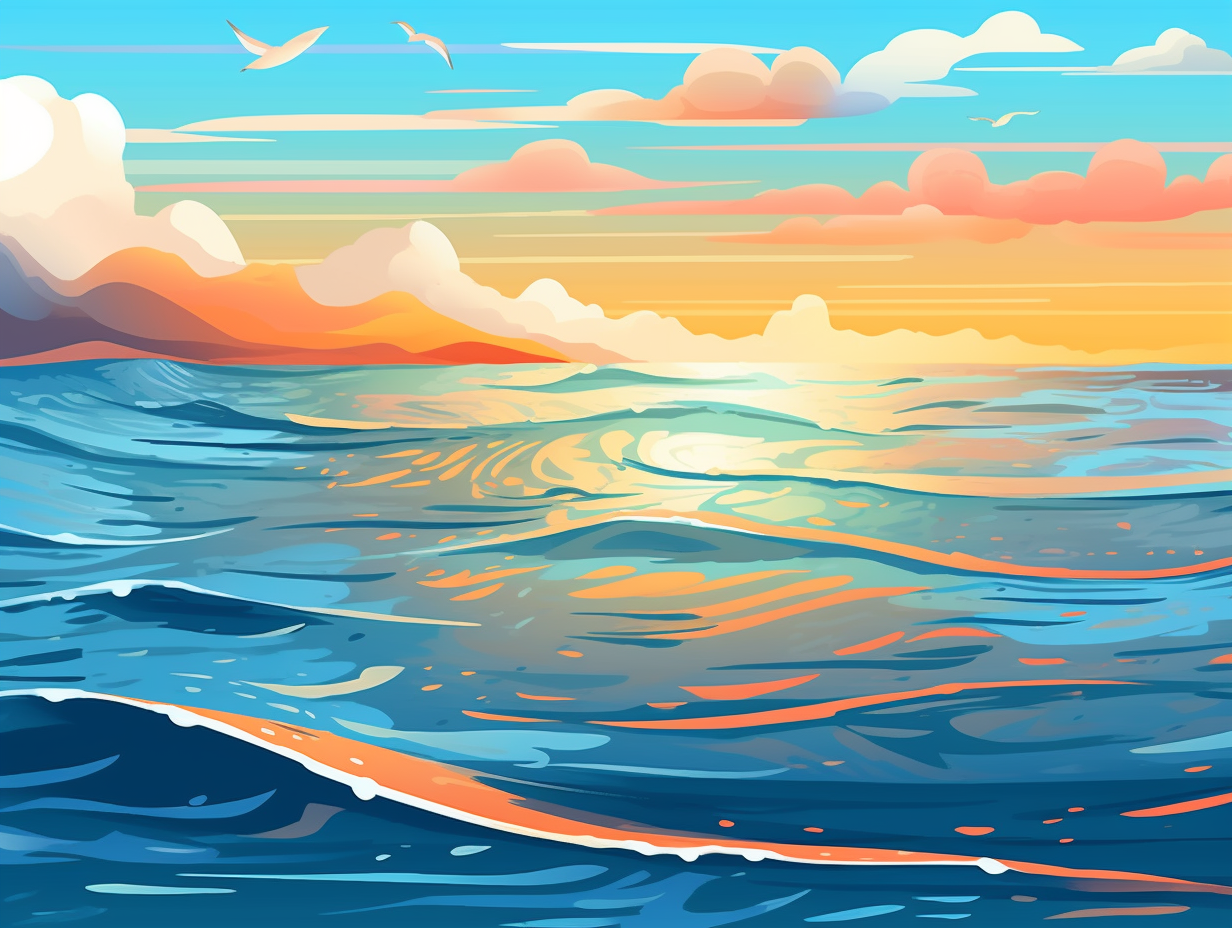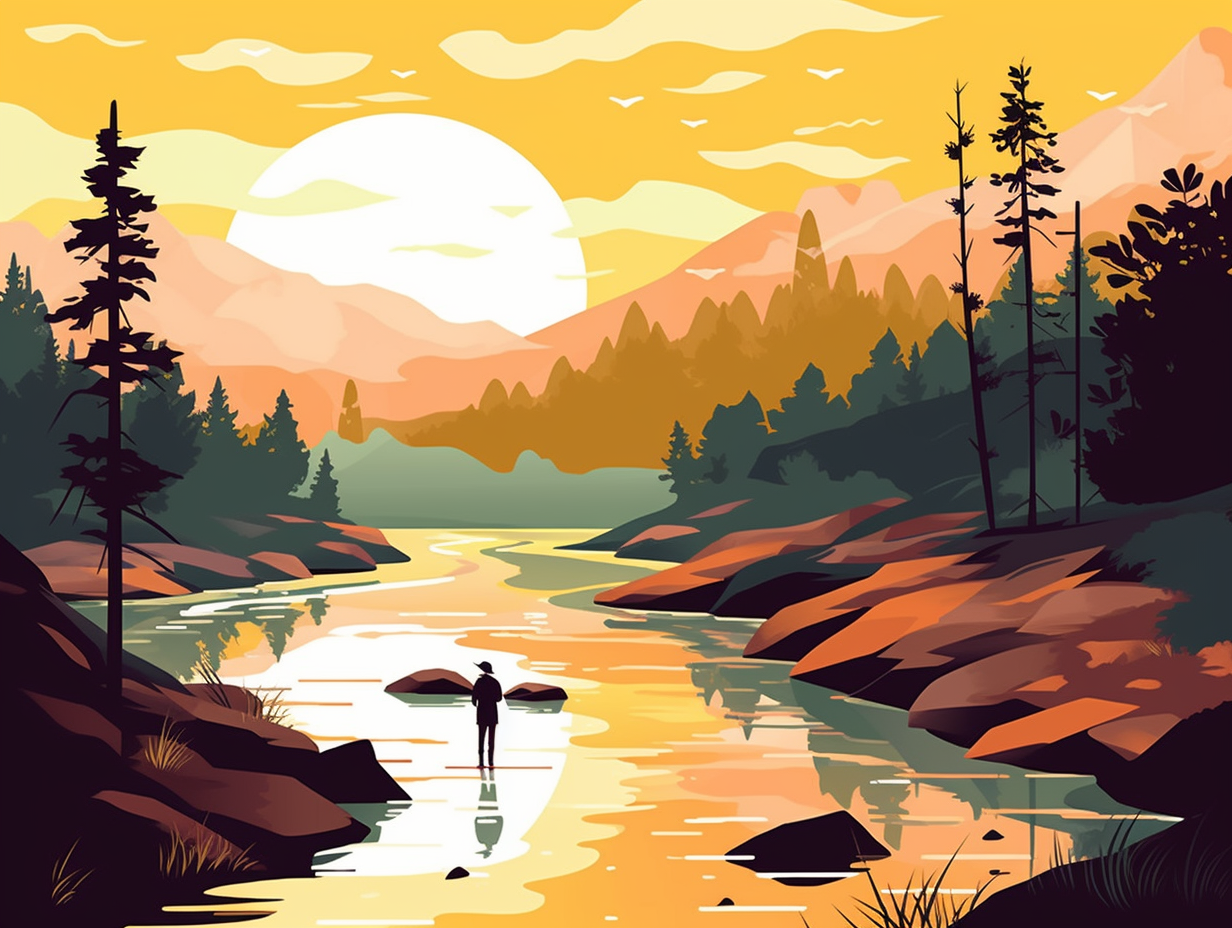Discover 7 Fascinating Facts About Mt. St. Helens You Never Knew!
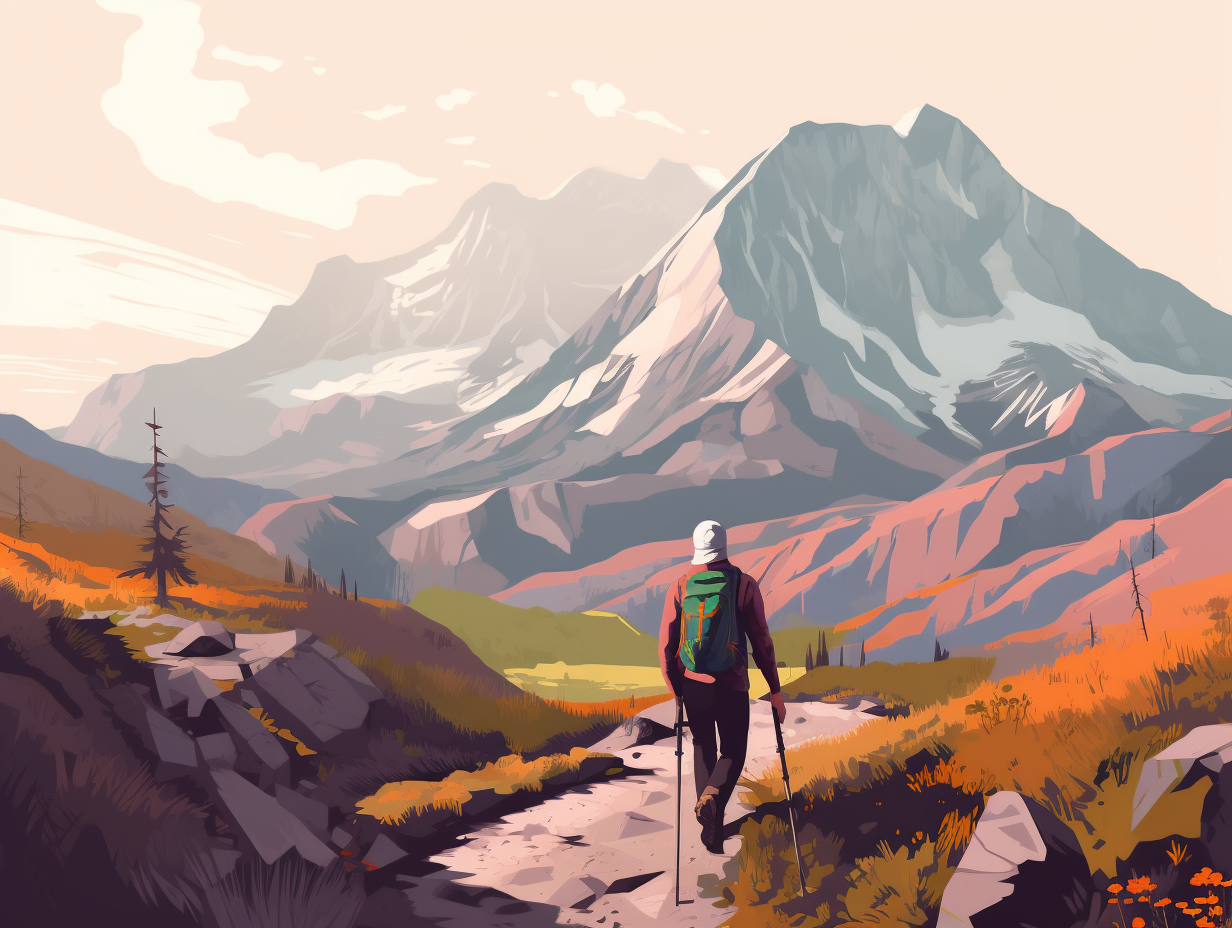
1. Snooze Over: 1980 Eruption
Mt. St. Helens, a volcano that's been hitting the snooze button for 123 years, finally decided 1980 was the year to wakey-wakey and shake things up: Prior to its colossal eruption on May 18, the geological grump had been grumbling for months with telltale earthquakes and steam-venting episodes, all thanks to some magma-induced redecorating causing a bulgy makeover and fracture system on its north slope.
Source => en.wikipedia.org
2. Mother Nature's Explosive Sneeze
Mother Nature's explosive sneeze in the Pacific Northwest: On May 18, 1980, Mount St. Helens erupted with such gusto that it formed a horseshoe-shaped crater spanning 1.2 x 1.8 miles, ejecting an eruption column that skyrocketed 15 miles high in just 15 minutes, and sent a shock wave of destruction 17 miles north and a debris landslide 14 miles west down the North Fork Toutle River.
Source => pubs.usgs.gov

Did you know that Kīlauea's Pu‘u‘ō‘ō eruption not only destroyed 215 structures and buried 14.3 km of highway, but also created 177 hectares of new land as a housewarming gift? 🌋🏠 Discover more surprising facts!
=> Fun Facts about Kilauea
3. Mt. St. Ash-palooza
In a cataclysmic game of "ashes to ashes, dust to dust," Mount St. Helens went house-cleaning, but on a gargantuan scale: The 1980 eruption released 540 million tons of ash, covering 22,000 square miles and traveling all the way to Montana and Wyoming, with the pre-compaction volume equal to a football field piled a whopping 150 miles high!
Source => usgs.gov
4. Blackburn's Snapshot Serendipity
They say a picture is worth a thousand words, but in Reid Blackburn's case, it was more like a groundbreaking geological revelation: This photojournalist's pre-eruption Mt. St. Helens snapshots, discovered undeveloped in 2013, provided invaluable insights into the volcanic disaster that unfortunately claimed his life while he was camped just eight miles north of the ticking time bomb.
Source => usatoday.com

5. The Ultimate Mud Party
Calling all mud-lovers: Mount St. Helens knows how to throw a mud party like no other! After its 1980 eruption, this volcanic beast sent lahars – lightning-fast mudflows – over 185 miles away, destroying roads, homes, and giving new meaning to the phrase "mud-slinging"! But that's not all: these seemingly unstoppable muddy daredevils can travel 100 km without an eruption, turning valley communities into unsuspecting targets for their boulder-carrying, structure-demolishing ways.
Source => usgs.gov
6. Pioneering Mount Bandai Adventurers
Long before "I climbed Mt. Bandai and all I got was this lousy t-shirt," was a witty souvenir option, two intrepid Japanese geologists tackled an eruptive marvel: Seikei Sekiya and Y. Kikuchi visited Mount Bandai after its 1888 eruption, publishing their findings in an English report that would soon become a timeless classic in the world of volcanology.
Source => en.wikipedia.org
7. Volcano: Washington's Top Polluter
Who needs factories when you have a volcano? Move over, industries, Mount St. Helens has got this covered: Emitting between 50 and 250 tons of sulfur dioxide daily, it currently stands as the largest source of air pollution in Washington, surpassing all industries and even the notorious Centralia coal-fired power plant!
Source => archive.seattletimes.com
Related Fun Facts


